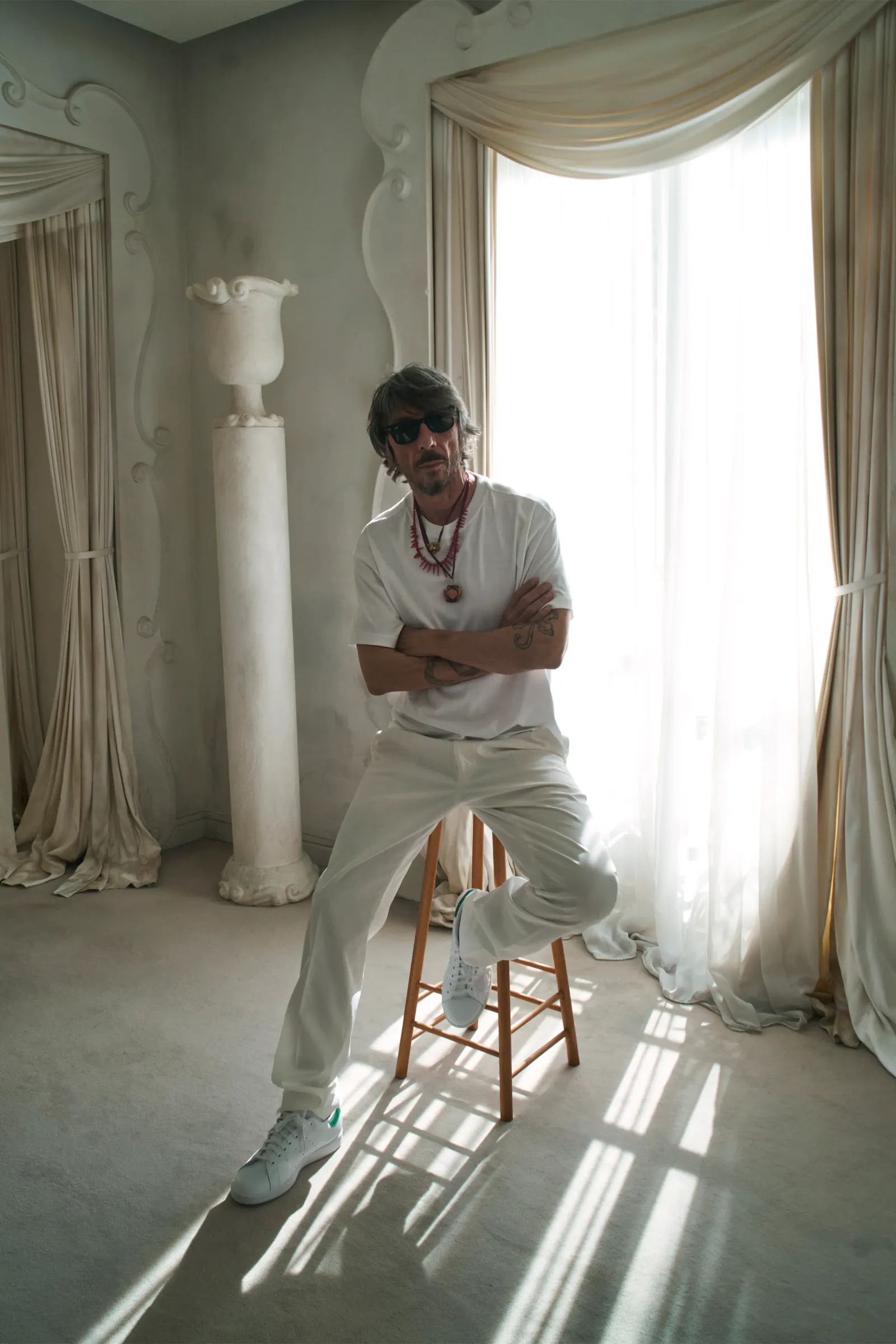Copia di S1 E17

WEEKLY NEWSLETTER FROM ANDREA BATILLA
ALESSANDRO, PIERPAOLO, DEMNA AND THE FASHION PSYCHODRAMA

We usually associate the concept of trauma with a single, dramatic triggering event, and we’ve been told time and again that pain, grief and suffering can be overcome and healthily integrated into our life experience—so long as they’re properly processed.
This deeply psychoanalytic perspective is the same one that leads Tippi Hedren’s character to become a thief in Hitchcock’s Marnie, and that culminates in a striking final flashback in which she relives and overcomes her repressed trauma.
But of course, life is more complex than a 1964 movie. And while the Hitchcockian view still holds sway in the popular imagination, psychology has thankfully made great strides. The first to speak of trauma in a new way was Mohammed Masud Raza Khan, a British psychoanalyst and student of Winnicott, who introduced the concept of cumulative trauma. Khan developed this theory based on the kinds of stress a child experiences in the context of dependency on the mother. If the mother is not sufficiently protective, loving and, in a word, maternal, small cracks form—ones that are not visible or identifiable as trauma in the moment, but that, over time and in hindsight, take on traumatic weight. In other words, you end up with the effects of trauma without any single, dramatic incident—just a series of small events that seem insignificant on their own.
I don’t think I need to explain what it’s like to have a cold, distant mother who sees no value in you and implants such deep self-doubt in your mind that it becomes a burden for life. Maybe all it takes is her telling you you’re not even capable of delivering a bouquet of flowers.
I think the idea of cumulative trauma is very interesting when looking at what’s happening at Kering right now. The world’s second-largest luxury group is in bad shape. In 2024, its flagship brand Gucci lost 12% in revenue, continuing what appears to be an unstoppable downward spiral since Alessandro Michele’s departure.
But it’s not just Gucci—most of Kering’s brands are struggling, and that’s led to multiple shake-ups in both creative direction and executive leadership.
After Michele left Gucci in 2022, Sabato De Sarno stepped in, only to later be replaced by Demna. In the meantime, a few collections were designed by the in-house team. Marco Bizzarri, Gucci’s CEO during the Michele era, was first replaced by François Palus, then by Stefano Cantino. Amid all this back-and-forth, Gucci’s revenue dropped from €10.48 billion in 2022 to €7.6 billion in 2024. A disaster.
Saint Laurent isn’t doing great either. Balenciaga has never really recovered from the BDSM teddy bear scandal. McQueen is still struggling to find direction under Sean McGirr. The only brand that’s currently working is Bottega Veneta—but even there, creative leadership changed, and in September, Louise Trotter will have to prove she can live up to Matthieu Blazy. And let’s not forget Valentino, which Kering recently began acquiring. There, Pierpaolo Piccioli has been replaced by Alessandro Michele.
If that’s not cumulative trauma, I don’t know what is.
To read the rest of the post you need to subscribe. Through a paid subscription you will help me produce more contents.
SUBSCRIBE (S'ouvre dans une nouvelle fenêtre)
Déjà membre ? Connexion (S'ouvre dans une nouvelle fenêtre)


